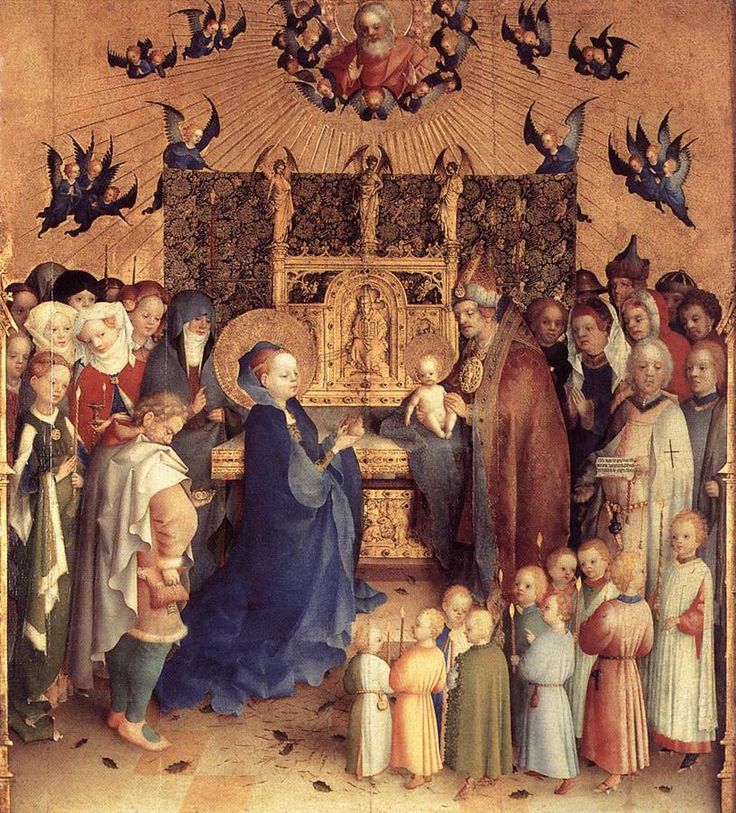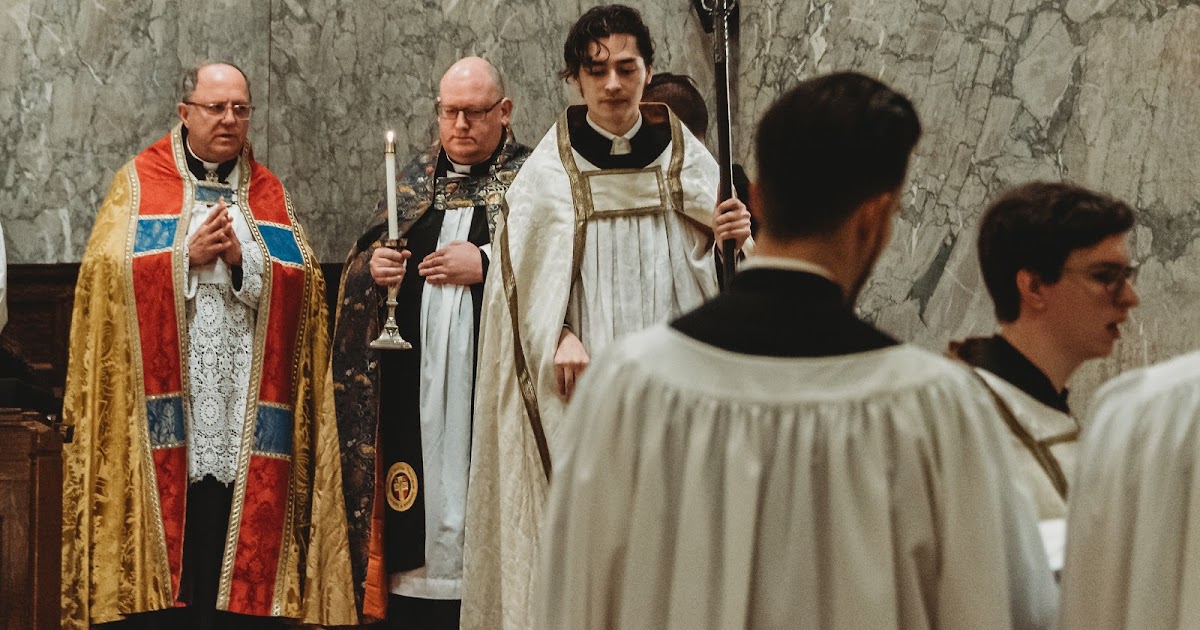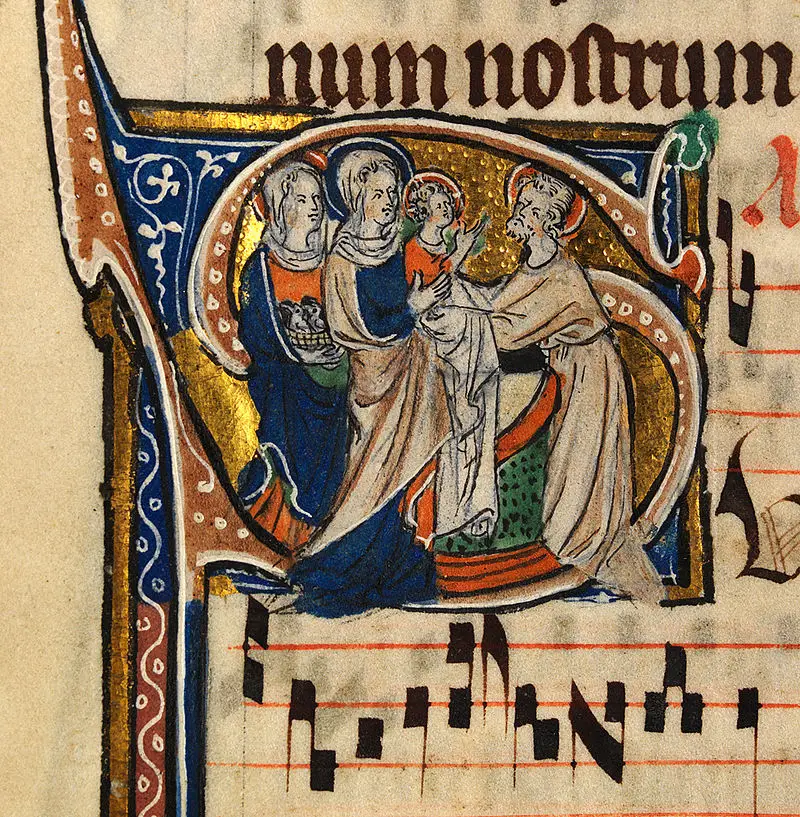Reference




OpenAI's Answer
During medieval times, Candlemas Eve, which falls on February 1st, was a significant day for taking down the Christmas decorations. It was traditionally believed that all the greenery used for Christmas decorations, such as holly and ivy, needed to be removed by this day. Leaving them up beyond Candlemas was considered bad luck, as it was thought that failing to remove the decorations could bring misfortune to the household.
Candlemas itself, celebrated on February 2nd, marked the end of the Christmas season and was a Christian feast day commemorating the presentation of Jesus at the Temple. It was also associated with the blessing of candles, which were used throughout the year, symbolizing Christ as the light of the world. The removal of Christmas decorations by Candlemas was seen as a way to transition from the festive season back to ordinary time, both liturgically and in daily life.